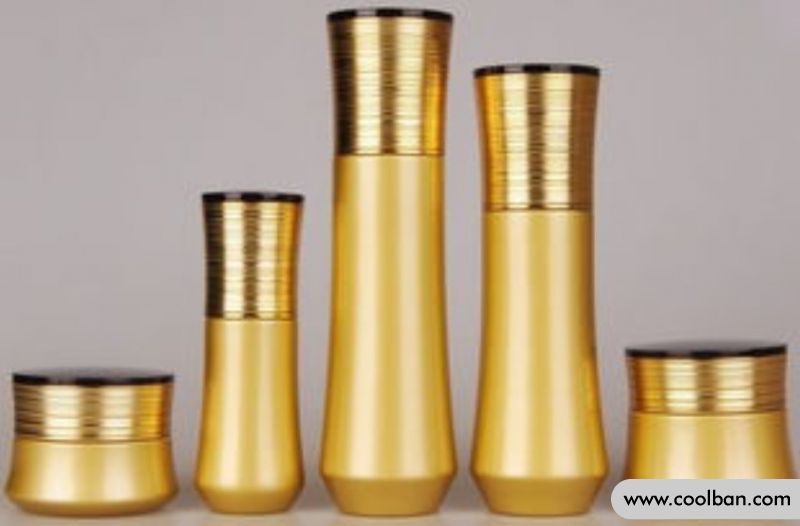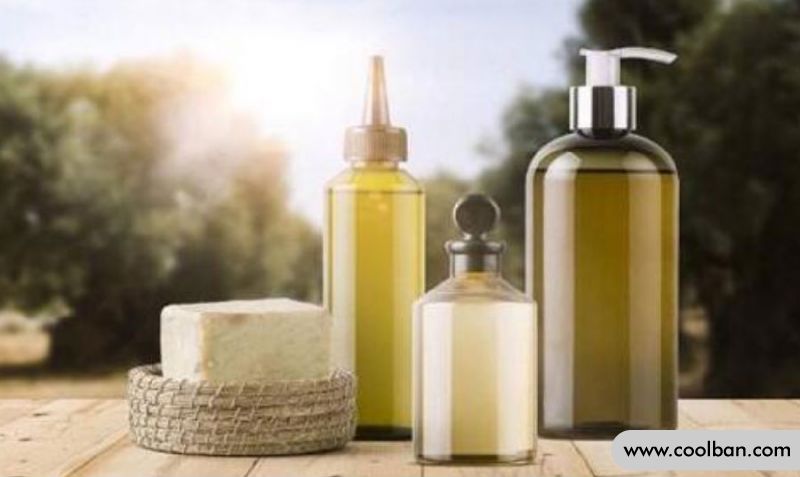What does squalane have to do with sharks?
Squalane is an animal oil with stable chemical properties and good use effect. It is very effective in helping to improve skin problems, has fewer allergies, and allows other ingredients to penetrate quickly into the skin, making it a truly ideal skin care ingredient.

The difference between squalane and squalene:
1. The two substances, squalane and squalene, have only a literal difference in name, but the difference in function is relatively large. The former is more suitable for skin care, while the latter is more suitable for disease prevention and treatment.
2. Differences in accessibility
Squalene has double bonds, is active and easy to oxidize, and is simply unstable, which is not conducive to storage and use. Hydrogenated squalene, squalane, is chemically stable and more convenient to store.
3. Different scope of application
Generally speaking, squalene is mainly used in medicines and health products, mainly for oral administration, while squalene is more used in skin care, and can usually be applied directly to the face.
、
When is squalane suitable for use?
Indications 1. The stratum corneum is very thin, red blood, must buy, it can improve your thin stratum corneum, gradually increase the tolerance of the outer skin, destroy the thin stratum corneum, and do it at home.
Indication 2. Regular stirring and drying is necessary for dry and mature skin. The sebaceous glands of this type of skin have less metabolism of their own, and they feel dry even if they try to moisturize. Because oil-soluble moisturizing water is not guaranteed, it is now popular to change the oil, rather than simply moisturizing.
Indication 3. Very simple acne, the acne on the face is often swollen and itchy, prepare a bottle, because there is a kind of acne skin that is actually poorly tolerated by the skin.

What are the advantages of squalane in cosmetics?
1. Squalane has a good antioxidant effect, stimulates immunity, and can quickly dissolve with water and oil in the skin to form a natural skin barrier.
2. Effectively protect the skin from external aggression, strong penetration, high oxygen carrying capacity, adjust the water-oil balance of the skin, prevent roughness and dullness, and restore the original softness of the skin.
3. It is especially suitable for use in cold seasons because it is a skin moisturizer that restores the skin's natural oils.

Here are some ways to use squalane:
How to use 1. Use squalane immediately after makeup, because it not only locks in moisture, enhances the moisturizing effect of makeup, but also promotes the absorption of subsequent skin care products.
How to use 2. Squalane is used in combination with sunscreen to help protect skin from UV damage and improve sun protection.
How to use 3. Mix a small amount in creams and moisturizers, which can greatly enhance the beauty effect of the skin care products themselves.
How to use 4. The use of squalane requires great attention to oil control and water control, so generally use water after washing the face to ensure that there is enough moisture on the face to avoid dryness caused by the imbalance of water and oil, that is, acne smallpox. Start with just one drop, then gradually adjust the amount to find the amount that works for you.

Is squalane really related to sharks?
Yes, squalane is related to sharks.
Squalene was first discovered in shark liver oil by Japanese scientists. Although rays are found in a considerable number of animals, including humans, sharks are the animals found to contain the most rays.
Sharks have a huge liver that accounts for almost 25% of its body weight, and more than 70% of its liver is made up of squalane, which helps it improve its tolerance to hypoxia in the oxygen-scarce deep ocean.
